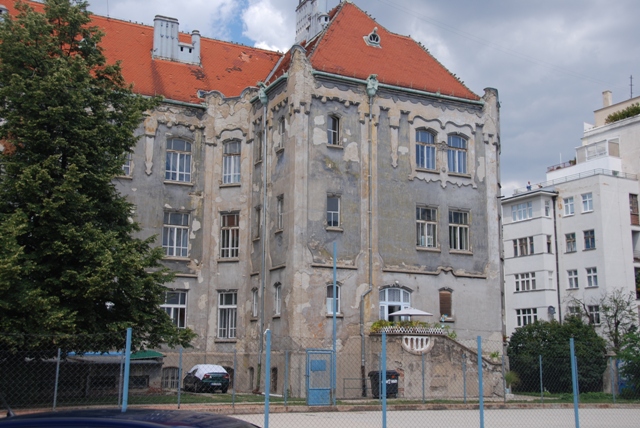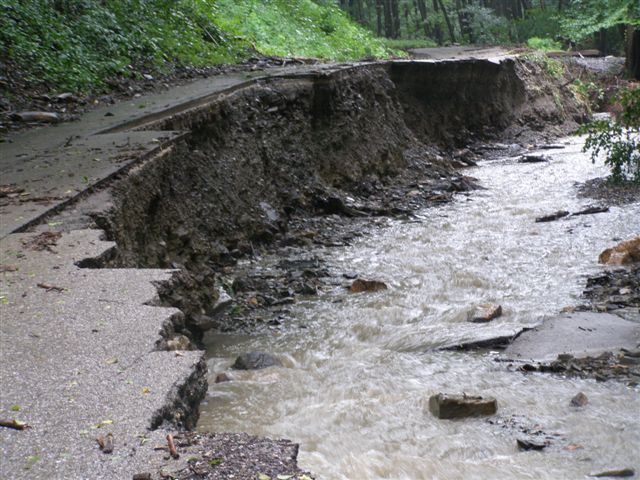Roads are rebuilt, schools upgraded and cultural centres modernised to fulfil a long-term vision for Bratislava
A prominent Art Nouveau school building in the historical centre of Bratislava had fallen into disrepair after decades of neglect and lack of investment. The school, known as Grosslingova 18, is one of the oldest educational institutions in Slovakia, and has many well-known alumni, such as the composer Béla Bartók and Gustáv Husák, the former president of Czechoslovakia. The building, more than 100 years old, was falling apart, with a crumbling exterior, dilapidated floors and deteriorating interior walls..
“It was a really good school, but it was in trouble,” says Marek Vlcej, an economic adviser for the Bratislava region, explaining that the renovation was critical because the building is one of the most prominent symbols of the city.
After several years of restoration, the school looks as good as new today, with a perfect façade and straightened walls and floors. Teachers and students are happier, and the site is a rich example of the Bratislava regional government’s push to make this southwestern corner of Slovakia more liveable and productive by upgrading buildings, improving roads and revamping cultural centres.

The Grosslingova 18 school in Bratislava before renovations.
Suffering for years
“The region has been suffering for years from a lack of maintenance,’’ says Sebastian Hyzyk, an economist at the European Investment Bank. “If they want to attract new investment and attract more people, then they need to offer a good level of services.”
Deteriorating public buildings and poor roads do not just look bad and cause safety problems in Bratislava. They also raise operating costs, hurt the economy and make people less likely to move to the area.
“It’s quite common in Slovakia to have a lot of buildings in bad condition,” Vlcej says. “During more than 40 years in Communism and then the years transforming to capitalism, the system itself didn’t care too much about infrastructure. Buildings were not properly built, maintained or reconstructed, and year by year the need for investment became bigger and bigger.”
With a population of about 620,000, the Bratislava region modelled its redevelopment plan on the Europe 2020 strategy, a 10-year initiative by the European Commission to encourage social and economic development across Europe. The region makes important contributions to the research sector and to higher education, and it is a major university hub for Slovakia, which means the workforce has a high level of education.
Financing many projects at once
To help regional development, the EIB signed a EUR 23 million framework loan with Bratislava in 2008. A single framework loan finances tens or even hundreds of projects in a region across different sectors. The regional government in Bratislava matched this EIB loan with an equal investment and provided knowledgeable staff to carry out the investment plan. The Bratislava region and the EIB are working on a second framework loan worth EUR 25 million that is expected to be signed soon.
The EIB financing was used to repair and modernize historic buildings – replacing roofs, improving water pipes, upgrading electrical components, adding new heating and ventilation systems. The loans also helped rebuild and soundproof an 1880s Conservatory in the historical centre of the city, where students come from across the region to take lessons. The improvements helped both teachers and students concentrate more on the music. Finally, the money tackled many problems related to severe flooding in the Carpathian Mountains, fixing or replacing washed-out roads and bridges and repairing broken water pipes and downed power lines.

The EIB, which opened an office in Bratislava in 2016, made EUR 874 million in loans to Slovakia in 2016. Infrastructure projects represented 63 percent of the loans, with 28 percent of the loans going to small- and medium-size enterprises and 9 percent focused on the environment. Over the past five years, the EIB has provided EUR 3.4 billion in loans to the country.
There is still a lot of work to do in the region and the long-term investment plans reflect this need. Many schools, social services institutions, cultural buildings and secondary roads suffer from a backlog of repairs. But the region’s leaders are doing much more today to fix old problems.
“The Bratislava region is one of the fastest-growing regions in Europe according to the European Commission,’’ Vlcej says. “The location is perfect and it’s a place where people should expect a good future, but there are a lot of challenges ahead in the areas of traffic, roadways, public transportation and the environment.”
